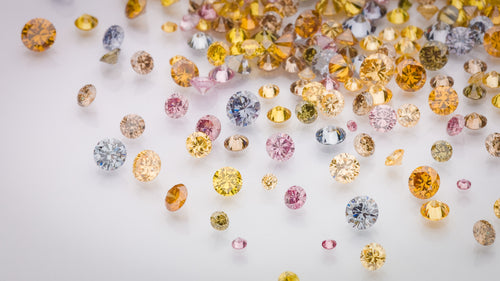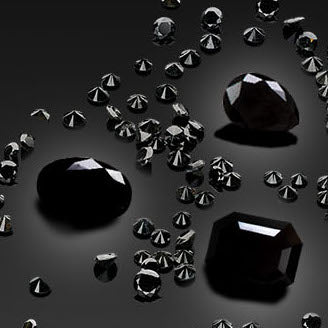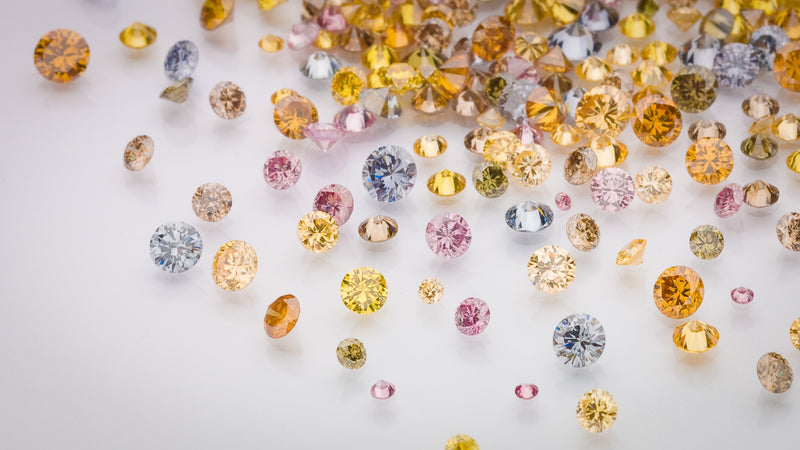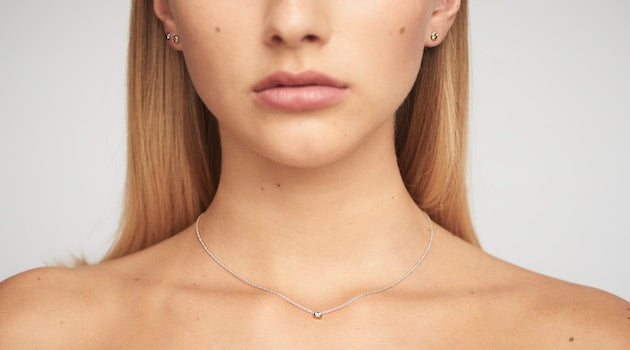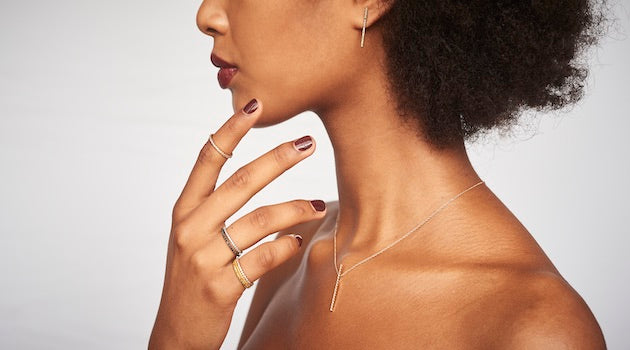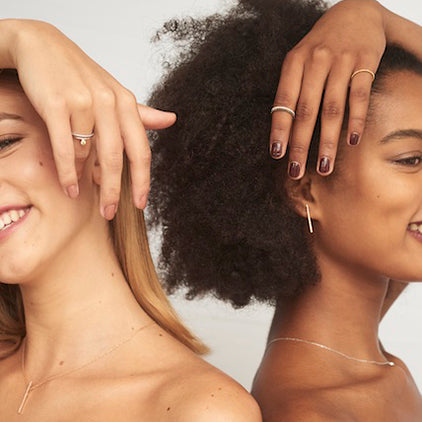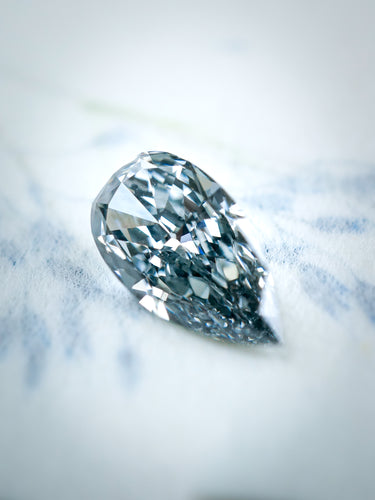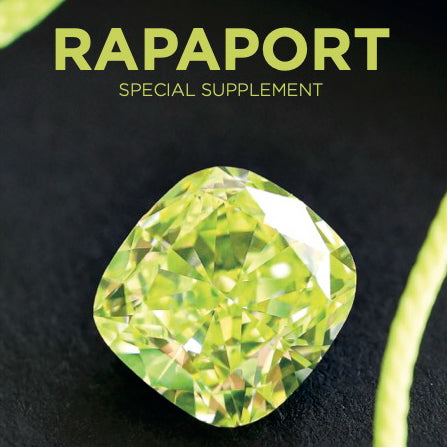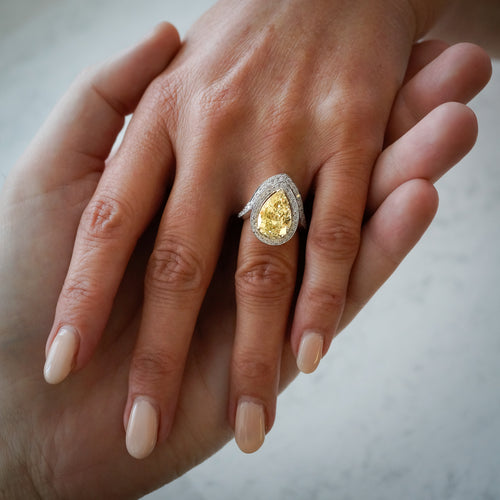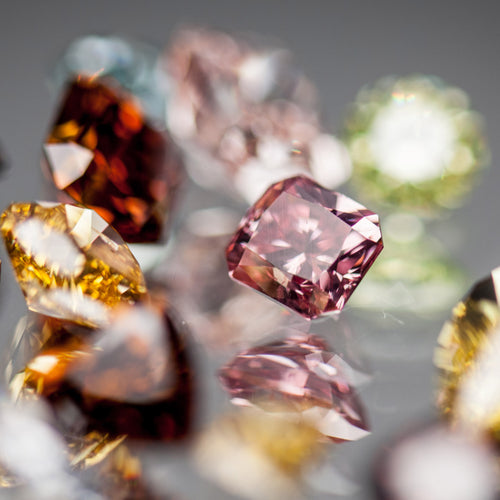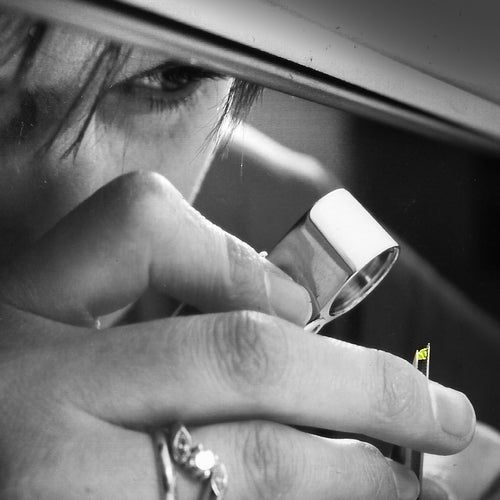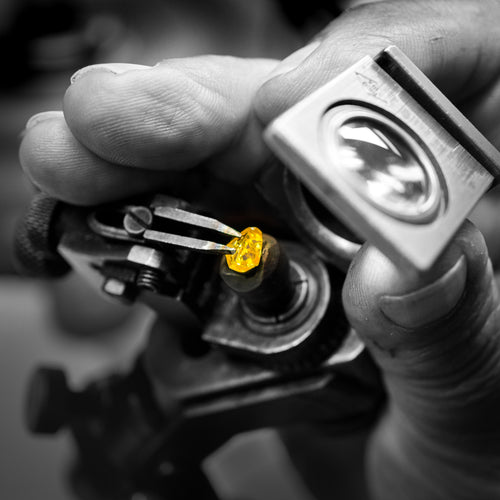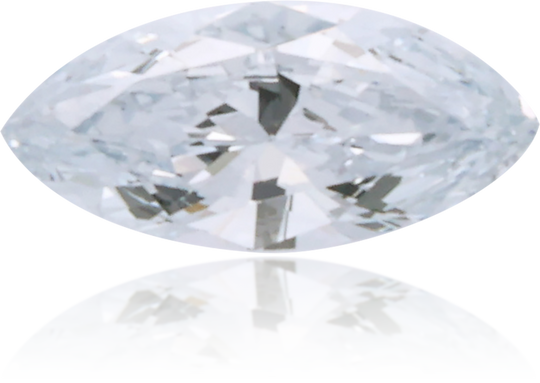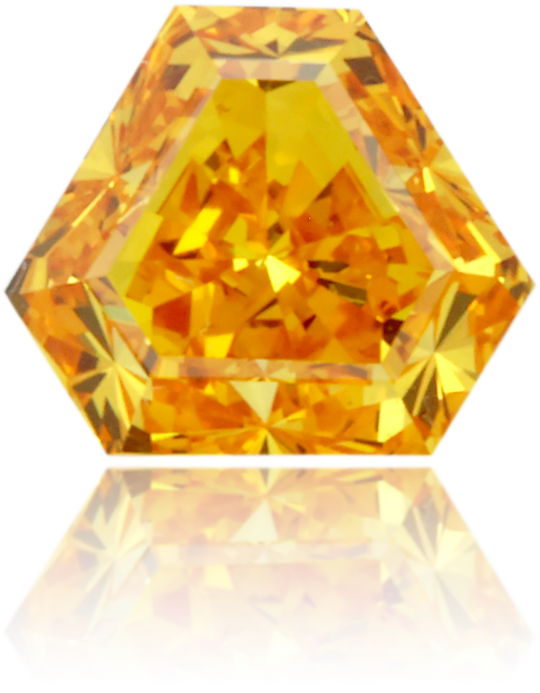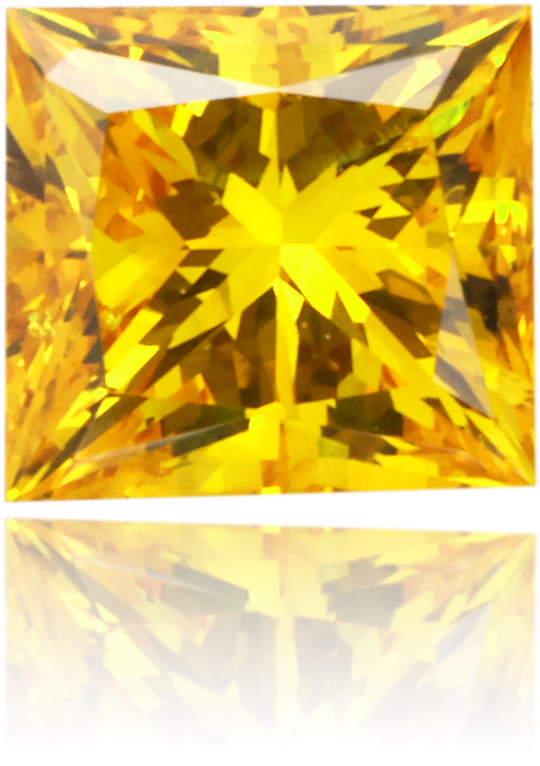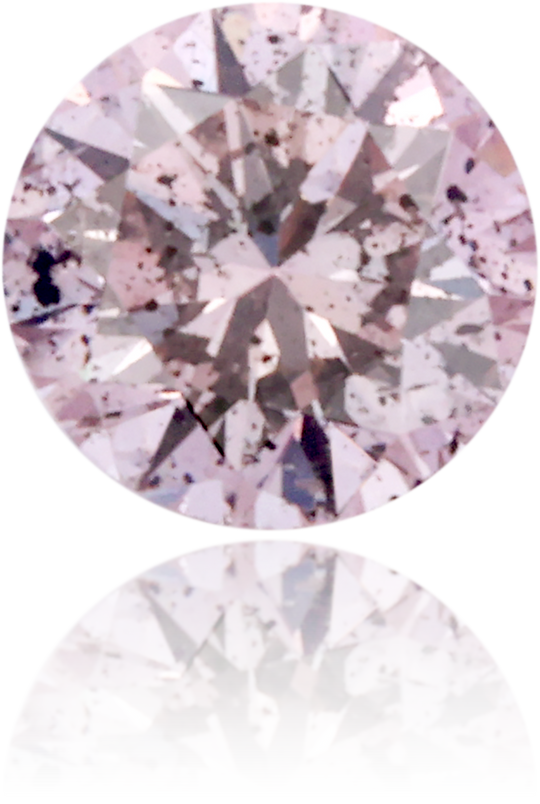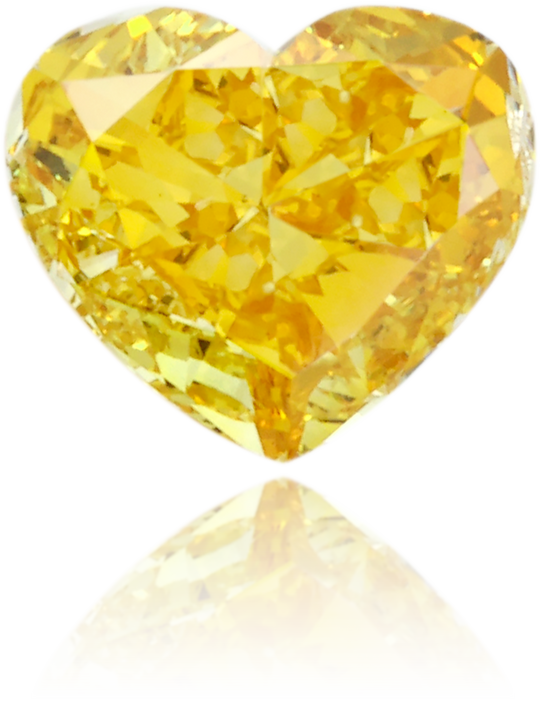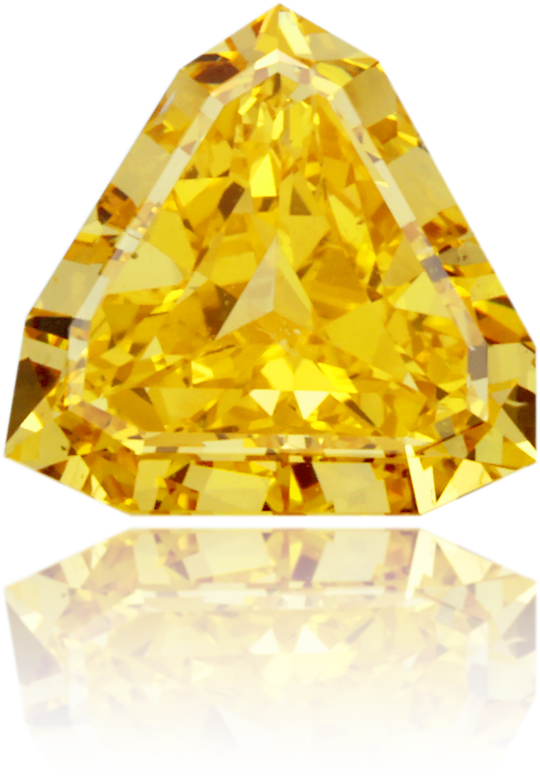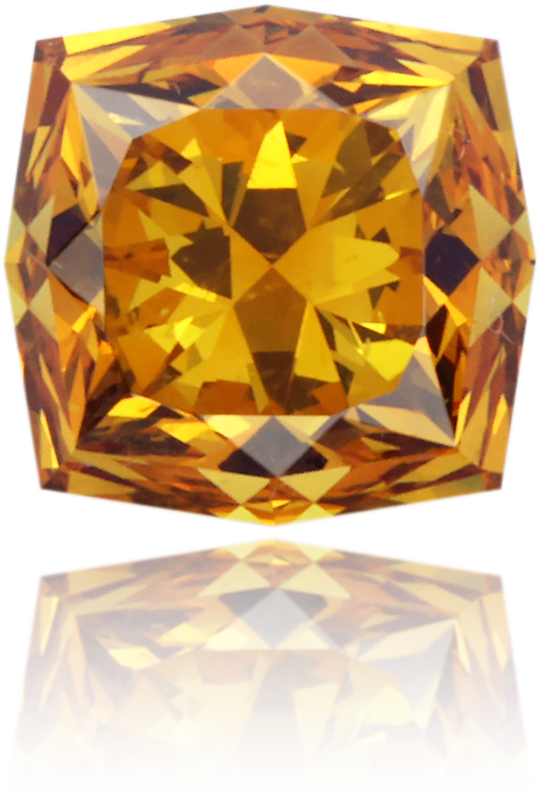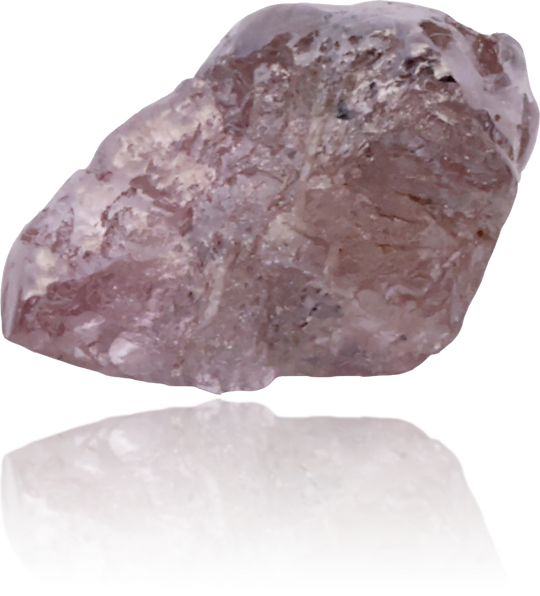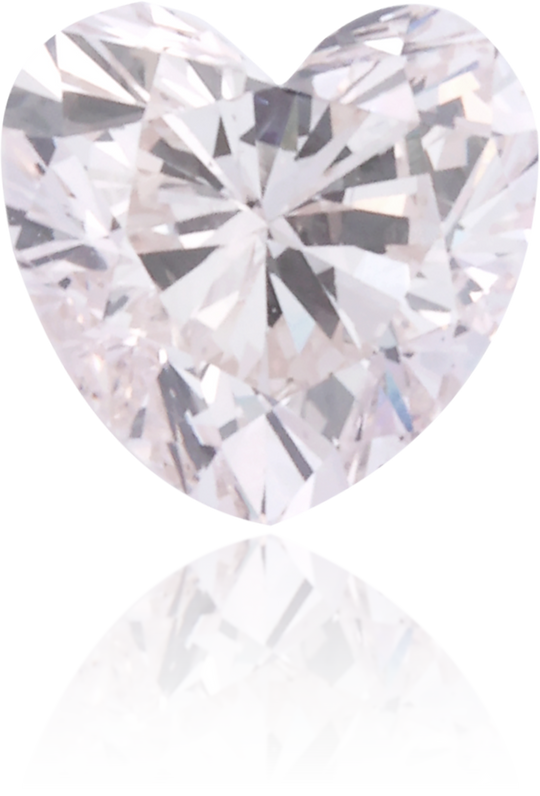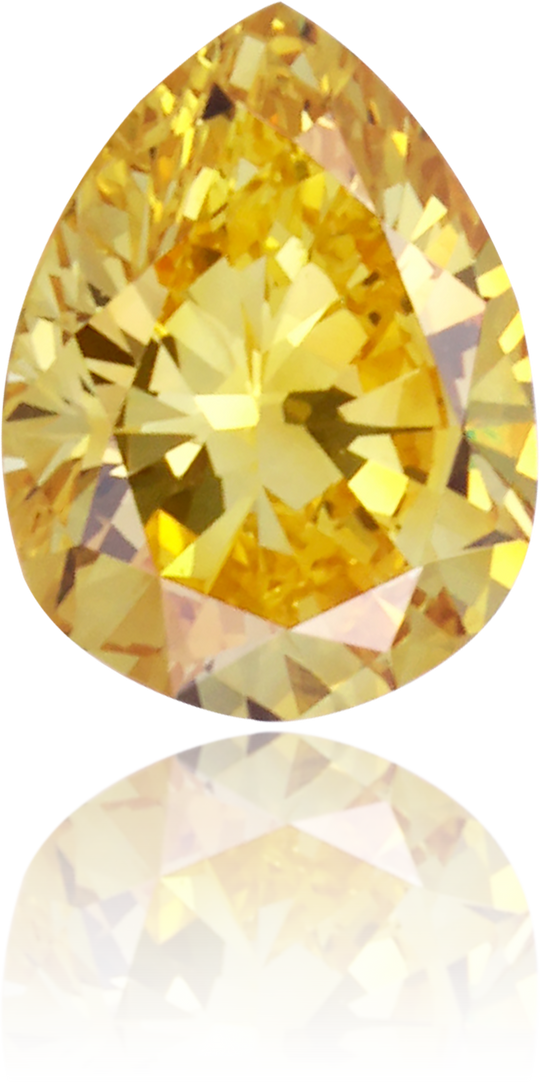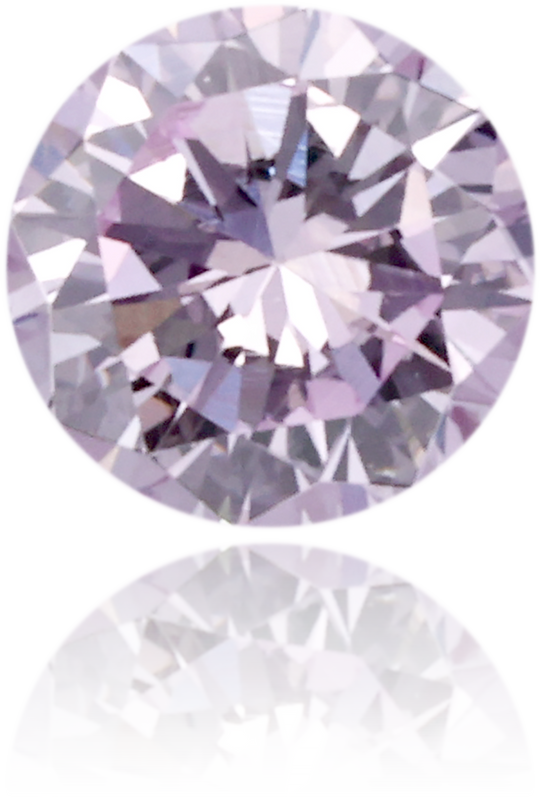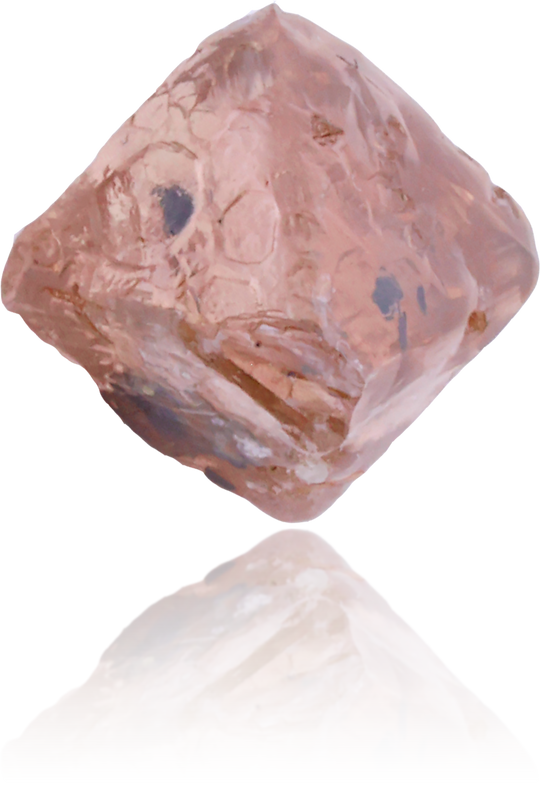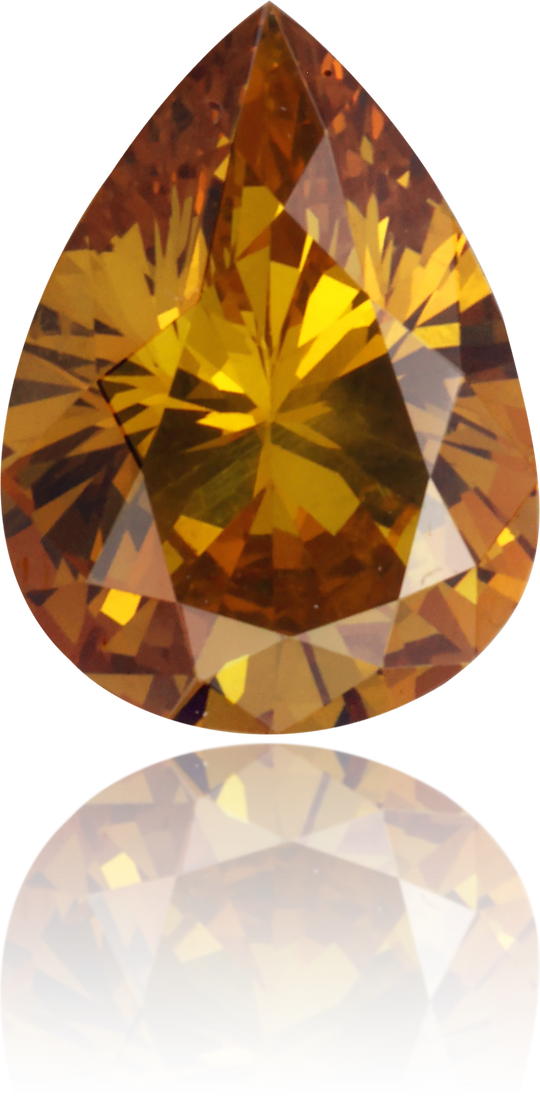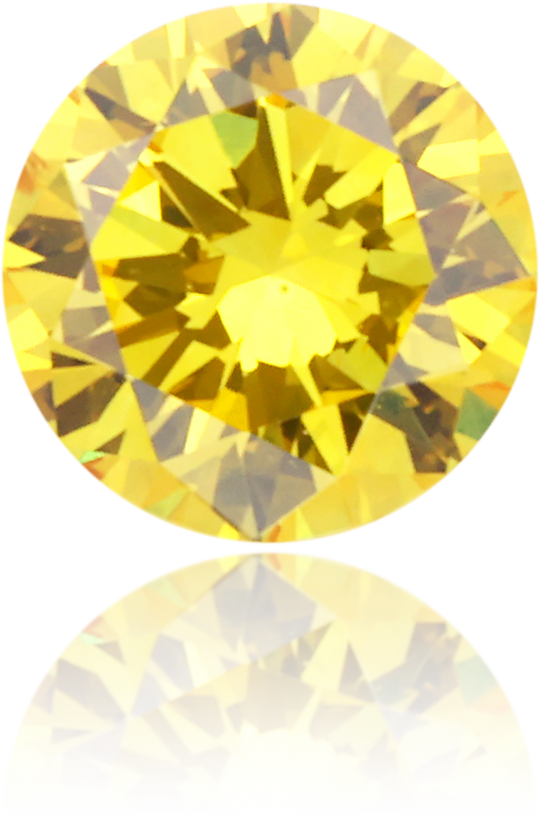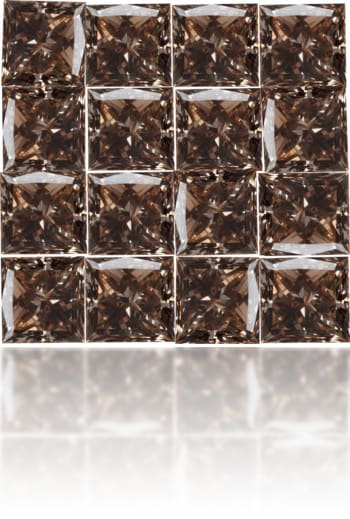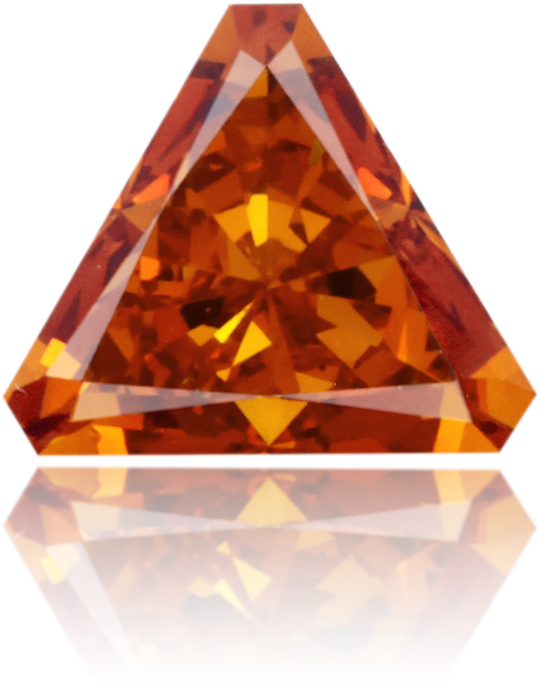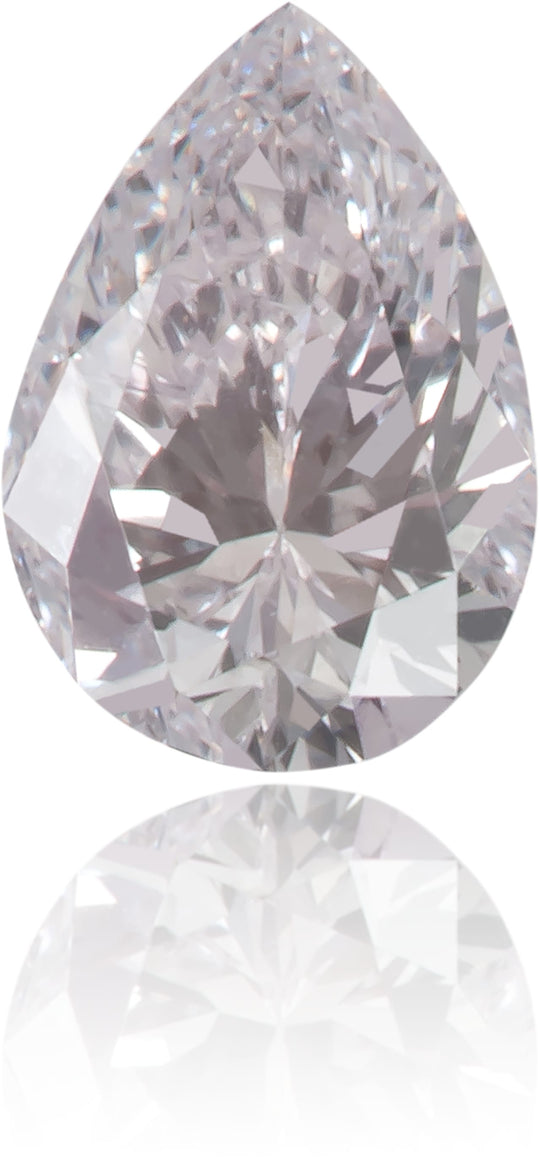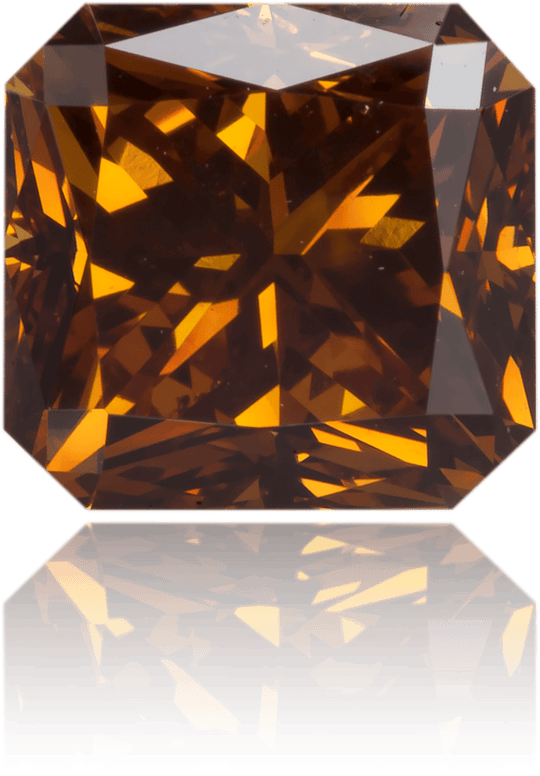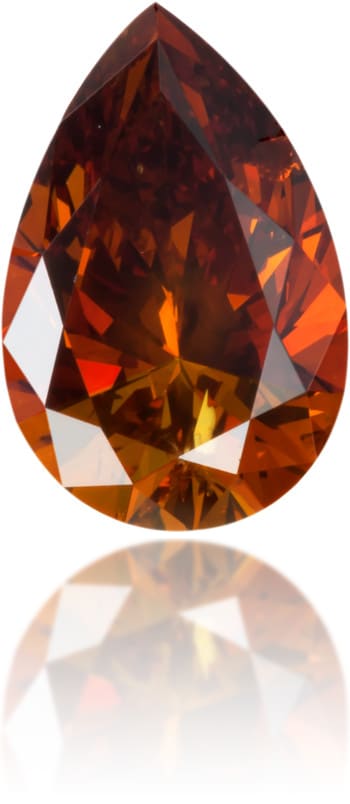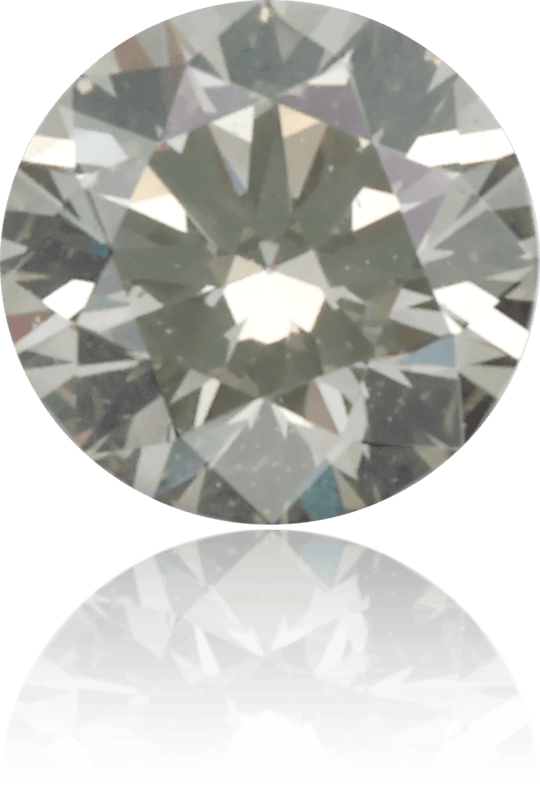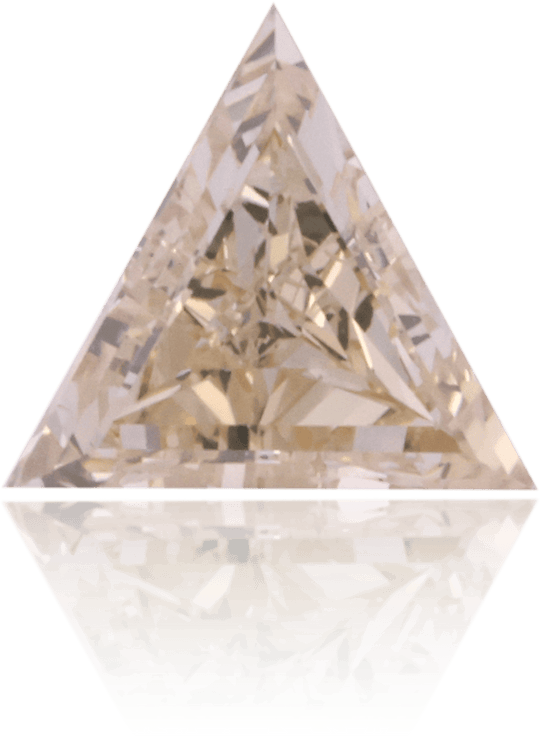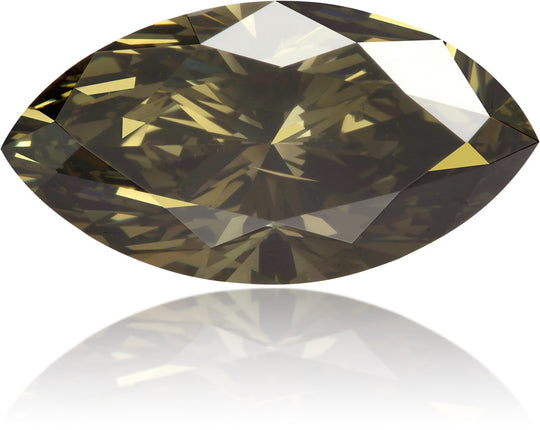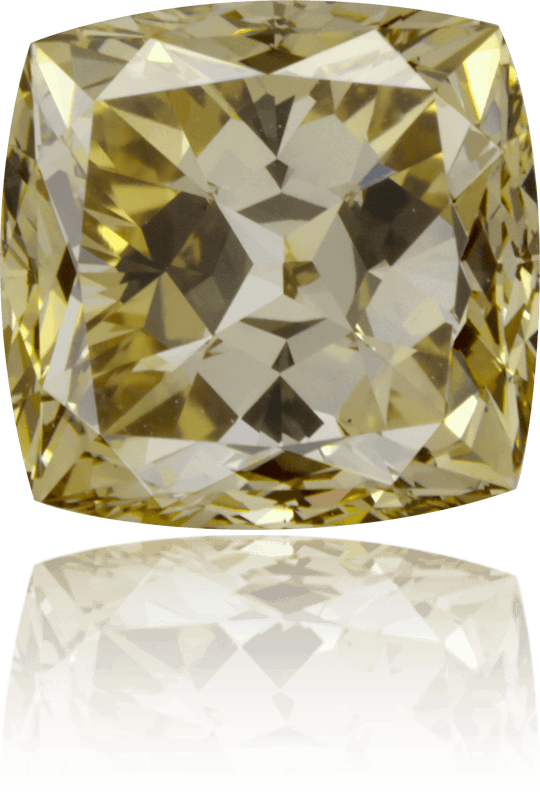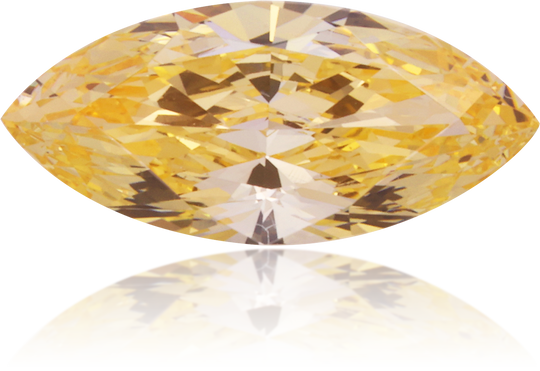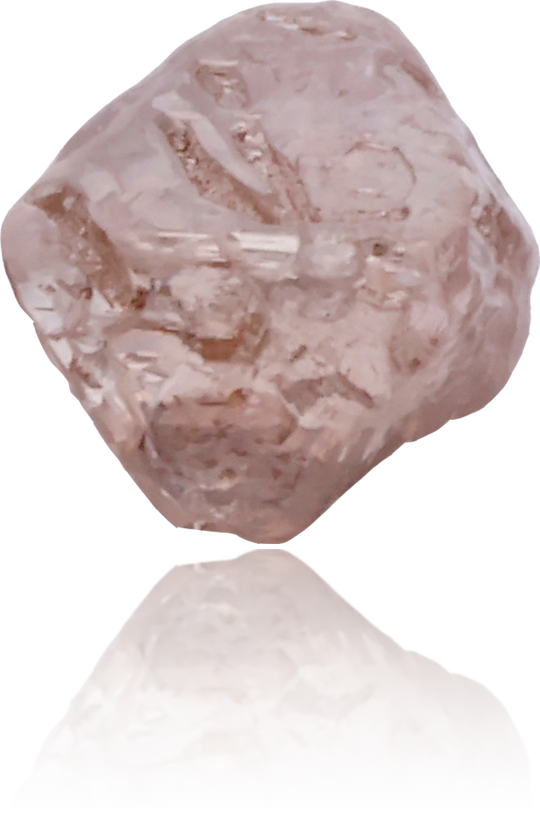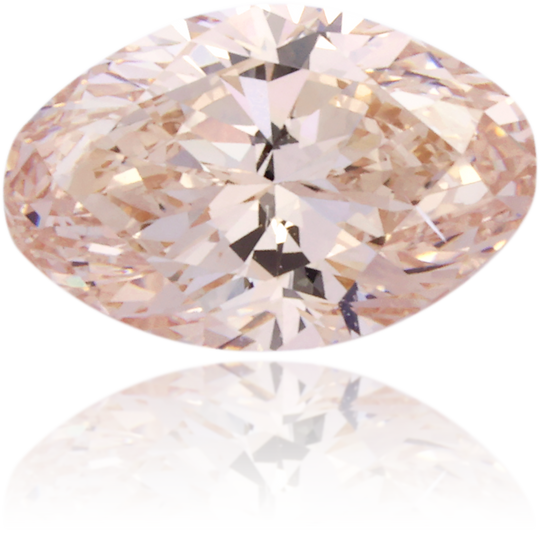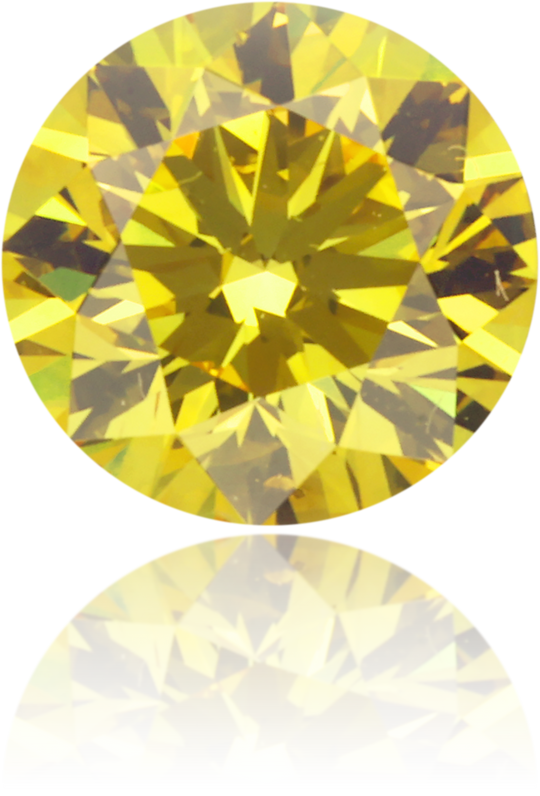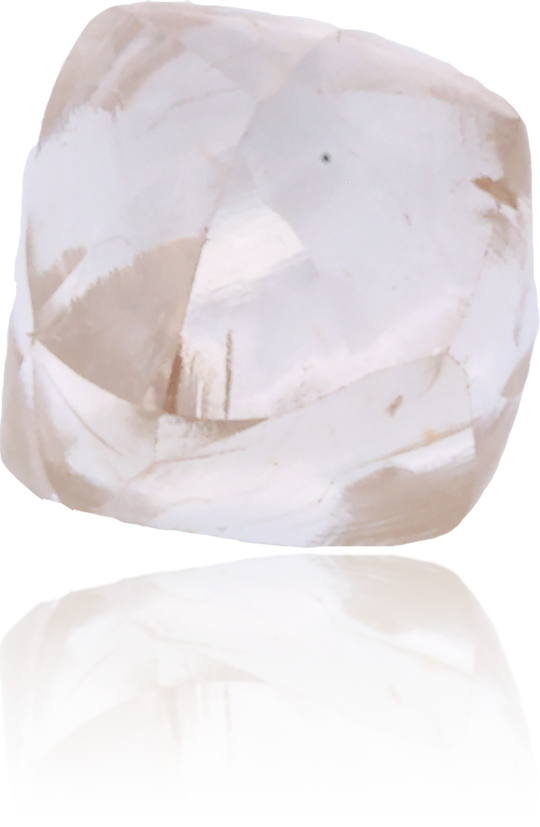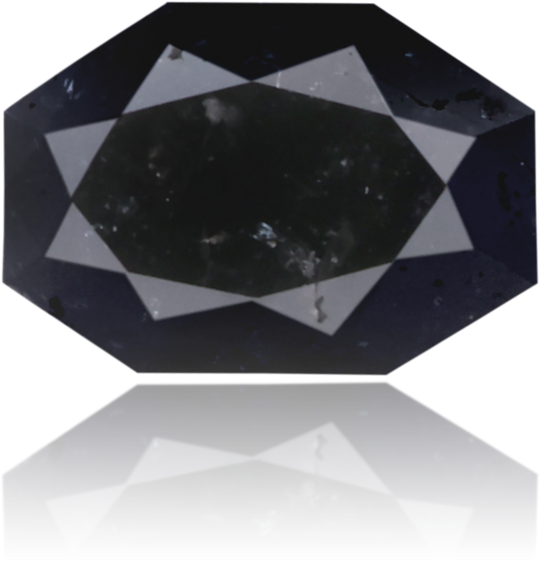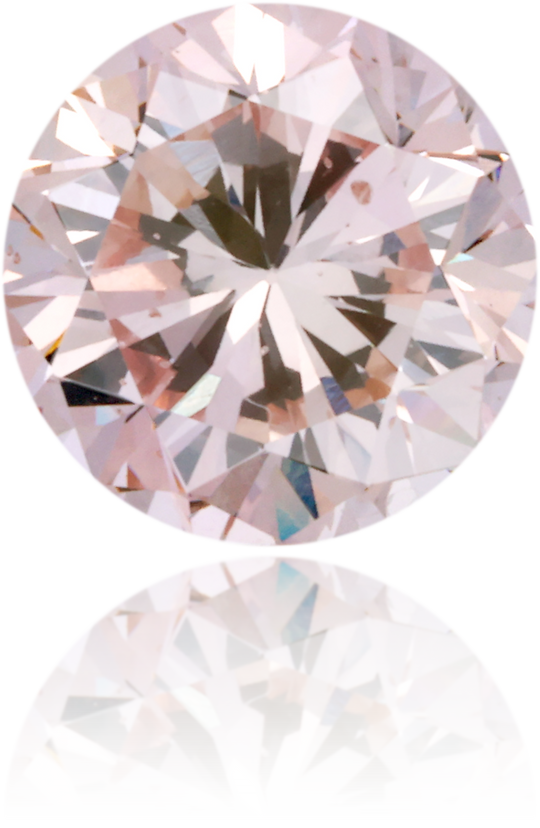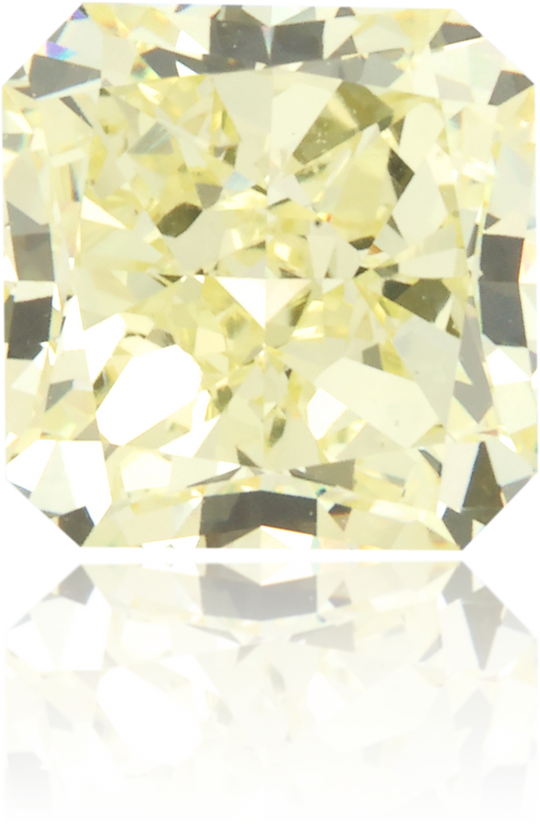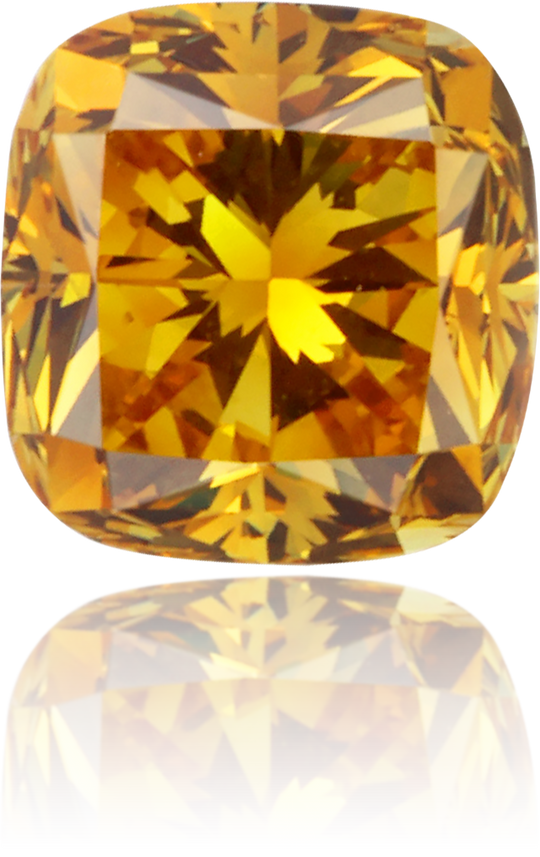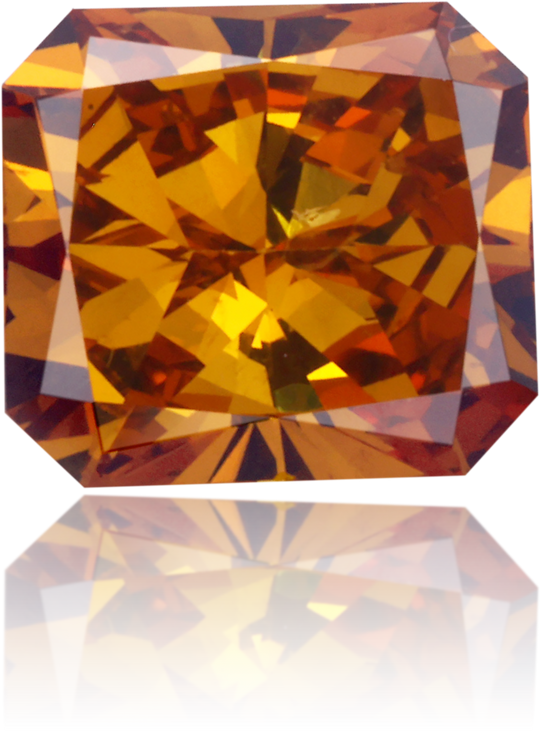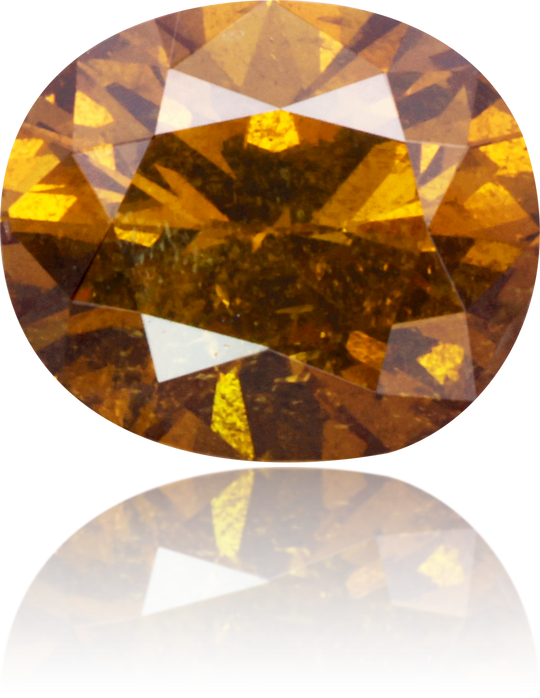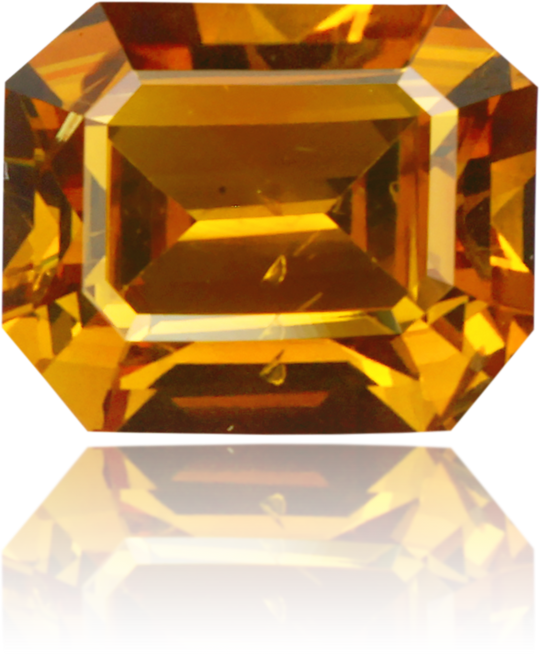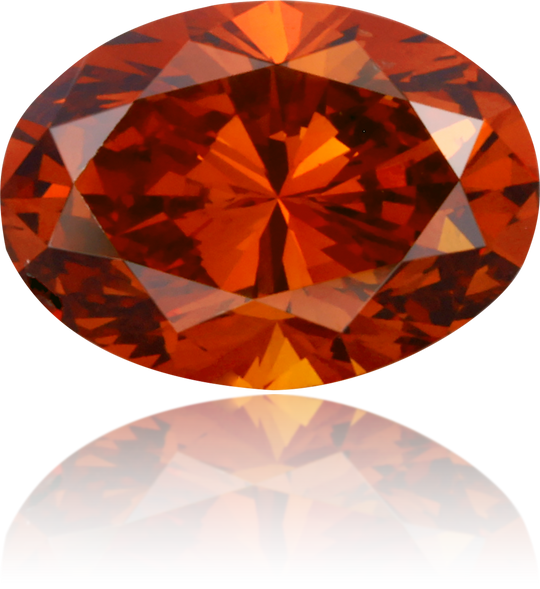At Langerman Diamonds natural color diamonds are our passion. With over 50 years in the business and more than 300 colors to choose from, we advise our clients on buying natural color diamonds for investment, jewelry or collection. Find your perfect color diamond here.
All Natural Color Diamonds

Browse All Natural Color Diamonds
- ←
- →
Find Your Perfect Natural Color Diamond
Are you looking to buy color diamonds to add a distinctive touch to your jewelry collection or for investment purposes? At Langerman, we draw on over five decades of expertise to help you find the perfect color diamond . Our extensive selection ensures you'll find a gem that matches your taste and style.
Interested in natural color diamonds? Want to explore our entire range of all-natural colored diamonds? Please don't hesitate to contact us.
What Are Natural Color Diamonds?
Natural color diamonds are authentic diamonds whose hues form deep within the Earth over billions of years. Unlike treated or synthetic stones, their colors appear naturally through variations in crystal structure, trace elements, or exposure to radiation. This makes every diamond distinct, reflecting nature’s craftsmanship in tones that range from subtle to striking.
Langerman Diamonds has specialised in these rare gems for over fifty years, curating one of the world’s most comprehensive collections of natural color diamonds. Each stone is ethically sourced, carefully polished and shaped to bring out the best of its color hue and intensity.
How Do Natural Color Diamonds Form?
Color in diamonds is caused by specific geological conditions during formation:
- Blue diamonds contain trace boron, which filters red wavelengths.
- Yellow diamonds gain color from nitrogen atoms within the lattice.
- Green diamonds form near the Earth’s surface, where radiation alters their atomic structure.
- Pink and Brown diamonds owe their hue to lattice distortion caused by immense pressure.
- Gray and Black diamonds may include graphite or mineral inclusions that deepen their tone.
These rare circumstances mean that fewer than one in 10,000 natural diamonds displays noticeable color.
Why Do Collectors Value Natural Color Diamonds?
Collectors, jewellers, and investors prize natural color diamonds for their rarity and individuality. Their hues cannot be replicated synthetically with the same complexity or stability. At Langerman, every diamond is graded for color tone, intensity, and saturation. Whether used in bespoke jewellery or acquired as an investment, each stone offers a tangible link to the Earth’s history.
Langerman’s expert team assists clients in choosing stones based on aesthetic preference, rarity, and long-term value, from soft pinks to intense blues and vivid greens.
Langerman’s Natural Diamond Colors
Langerman classifies natural color diamonds into precise, descriptive shades that capture their natural beauty and mineral composition. Each shade represents a point within the spectrum of hue, tone, and saturation.
Black Diamonds
The color of black diamonds results from inclusions or minute internal structures that absorb light. They are the only opaque diamonds found in nature, giving each stone a sense of sophistication and modernity.
Browse our range of natural black diamonds.
Blue Diamonds
Langerman’s range spans Sky, Indigo, and Blue, showcasing shades from icy pale to deep oceanic tones. Their color stems from boron impurities that create a calm, luminescent blue.
Browse our range of natural blue diamonds.
Brown Diamonds
Langerman’s classification extends from Champagne, and Cognac to deeper tones such as Coffee and Chocolate. Each captures a different quality of light and texture. These earthy diamonds are known for their understated elegance and versatility.
Browse our range of natural brown diamonds.
Chameleon Diamonds
Chameleon diamonds have the remarkable ability to change color temporarily in response to variations in heat or light. Typically, a chameleon diamond displays an earthy mix of green, yellow, gray, and brown tones in its stable state. When gently warmed or kept in darkness for a period, its color can shift toward brighter yellow, olive, or even orange hues.
Browse our range of natural chameleon diamonds.
Gray Diamonds
The spectrum runs from light Silver to deeper Bluish Grays. The color results from inclusions and minerals found during the formation of the stone. They are an elegant choice for any jewellers or investors looking for something a little different.
Browse our range of natural gray diamonds.
Green Diamonds
From delicate Lime Green and Mint to deeper tones like Olive and pure Green, Langerman’s greens display an exceptional variety. These colors form when natural radiation interacts with carbon atoms near the surface. The result is a serene palette symbolising renewal and vitality.
Browse our range of natural green diamonds.
Orange Diamonds
The orange spectrum includes Pumpkin, Apricot, and Saffron tones, created by overlapping nitrogen and hydrogen effects. These stones exhibit a bright, flame-like energy, making them ideal for striking jewellery designs.
Browse our range of natural orange diamonds.
Pink Diamonds
Langerman recognises a full gradient of pinks, from Baby Pink and Old Rose to Raspberry. Their subtle variations evoke romance and tenderness. Many originate from the Argyle mine in Australia, known for producing the world’s finest pinks.
Browse our range of natural pink diamonds.
Purple Diamonds
These hues include Lavender, Violet, and Lilac tones. Trace hydrogen or crystal irregularities give these diamonds their ethereal glow. Their regal association makes them a favourite among collectors seeking distinctive pieces.
Browse our range of natural purple diamonds.
White Diamonds
Beyond colorless brilliance, Langerman identifies Opal White stones that display subtle diffusion of light. These diamonds reflect purity and balance.
Browse our range of natural white diamonds.
Yellow Diamonds
Among the most radiant in Langerman’s collection, these include Vanilla, Yellow, Canary, and Jonquille. Each shade reflects subtle variations in nitrogen concentration. The most intense Canary stones possess a vivid golden hue, prized for their warmth and brilliance.
Browse our range of natural yellow diamonds.
Value and Rarity
The value of a natural color diamond is determined by the 4Cs — Color, Clarity, Cut, and Carat, with color intensity having the greatest influence on price. Stones displaying rare hues like Blue, Pink, or Green command the highest values, while subtle shades such as Champagne or Cognac offer more accessible entry points without compromising beauty or authenticity.
Langerman provides expert advice helping clients understand how rarity and tone influence both aesthetic and financial worth.
What Is a Natural Color Diamond?
Most people don’t know that diamonds of all colors can be found in nature. Over 300 colors have so far been identified, however these come in an infinite number of shades and hues.
Just like white diamonds, color diamonds are composed of carbon atoms, and are found in their natural state in diamond mines that provide a vast majority of colorless gemstones. Color diamonds are much rarer than white ones: as little as 1 diamond out of 10,000 stones is considered to be a color diamond.
Our collection at Langerman Diamonds offers a wide variety of natural color diamonds from pink to black and all the other colors in between, are diamonds that exhibit a distinct and natural hue, such as those found in our collection at Langerman. Unlike treated colored diamonds or lab grown color diamonds, our natural color diamonds have obtained their color due to their formation in nature, making them unique and valuable. Learn more about the origins and characteristics of different diamond colors in our diamond encyclopedia.
How Do Diamonds Get Their Colors?
The captivating colors in natural color diamonds result from their composition process. Unlike their colorless counterparts, color diamonds are not only composed of carbon atoms. Depending on the atoms contained in a stone, the light reacts differently, causing a different color.
For instance, blue diamonds owe their color to the presence of boron, while yellow diamonds contain nitrogen. Green diamonds, on the other hand , often get their color from natural radiation they were exposed to. Each element and condition contributes uniquely to the diamond's hue and intensity.
If you want to know more about the processes that make natural color diamonds, check out our encyclopedia guide about diamond colors.
How Are Color Diamonds Priced?
The value of color diamonds is influenced by the 4Cs—Color, Clarity, Cut, and Carat. The rarity and depth of the color significantly impact their price. Diamonds with rare colors, such as blue or green , tend to be more expensive, while those with that are less scarce such as yellow or brown, can be more accessible.
Are Natural Color Diamonds Real Diamonds?
Yes, our natural color diamonds are genuine diamonds with naturally occurring colors. These stones are not treated or enhanced, ensuring their unique and authentic beauty.
What Shades of Color Diamonds Are Available?
At Langerman, we offer a wide array of natural color diamonds for sale, including:
Black Diamonds: Known for their bold and mysterious appearance, perfect for statement pieces.
Blue Diamonds: Exquisite and rare, ranging from light sky blue to deep ocean blue.
Brown Diamonds: Earthy tones that exude warmth and sophistication. Hues including Champagne, Chocolate, Cinnamon, and Cognac.
Chameleon Diamonds: Unique diamonds that change color under different lighting conditions.
Gray Diamonds: Subtle and elegant, with shades ranging from light silver to deep graphite.
Green Diamonds: Enchanting hues including lime, mint, olive, and deep
Orange Diamonds: Vibrant and fiery, perfect for bold jewelry designs.
Pink Diamonds: Romantic and rare, ranging from soft baby pinks to burgundy
Purple Diamonds: Regal and luxurious,including tones such as lilac, lavender and violet.
White Diamonds: Classic and timeless, with a pure and brilliant appearance.
Yellow Diamonds: Sunny and bright, from light yellow vanilla to rich canary yellow.
Where Do Color Diamonds Come From?
Color diamonds are sourced from various regions known for their unique geological conditions. For example:
Brazil: Known for its rich deposits, Brazil is a key source of black and chameleon diamonds. The country's mines yield black diamonds renowned for their intense color and chameleon diamonds known for their unique color-changing properties.
Central Africa: Central Africa's mines are notable for producing black and green diamonds. The region's geological conditions contribute to the deep, intense hues of these gems.
South Africa: Home to the famous Cullinan Mine, South Africa is a primary source of blue The Cullinan Mine is renowned for producing some of the largest and most exquisite blue diamonds. South Africa also yields significant quantities of yellow diamonds.
Australia: Australia, particularly the Argyle Mine, is famous for its brown, pink, and purple diamonds. The Argyle Mine is the foremost source of brown diamonds and the rare and highly sought-after pink and purple diamonds. Additionally, Australia's mines produce green and yellow diamonds.
Africa: The broader African continent is renowned for its vibrant orange diamonds. Notably, the Zimmi mine in Sierra Leone is famous for producing Canary Diamonds, which are characterized by their intense yellow hue..
India: India's diamond mines are known for producing gray diamonds, which range from light silver to deep graphite in color.
Each region's unique conditions contribute to the diverse and stunning array of colors found in our collection of natural color diamonds.
Are Color Diamonds More Expensive Than White Diamonds?
Color diamonds can be more expensive than white diamonds, especially those with rare and intense hues. For example, blue and pink diamonds often command higher prices than high-quality white diamonds due to their scarcity and desirability. However, some color diamonds, like certain shades of brown , can be more affordable and accessible.
Are Natural Color Diamonds a Good Investment?
Natural color diamonds can be a good investment due to their rarity and the high demand in the market, especially for more uncommon colors. However, like all investments, it's important to do thorough research and purchase from a trusted source..
What Are the Significances Associated With Color Diamonds?
Each color diamond carries its own significance and symbolism:
- Black Diamonds: Often symbolize strength, power, and sophistication.
- Blue Diamonds: Represent peace, tranquility, and wisdom.
- Brown Diamonds: Evoke a sense of stability, reliability, and warmth.
- Chameleon Diamonds: Unique and mysterious, symbolizing transformation and adaptability.
- Gray Diamonds: Signify neutrality, balance, and sophistication.
- Green Diamonds: Associated with growth, renewal, and prosperity.
- Orange Diamonds: Represent enthusiasm, creativity, and energy.
- Pink Diamonds: Symbolize love, romance, and femininity.
- Purple Diamonds: Often linked to luxury, royalty, and spirituality.
- White Diamonds: Classic symbols of purity, innocence, and clarity.
- Yellow Diamonds: Represent joy, optimism, and abundance.
Can Natural Color Diamonds Be Treated or Enhanced?
Yes, some natural color diamonds can undergo treatments to enhance or change their color. Common treatments include high-pressure high-temperature (HPHT) processes or irradiation. It's crucial to ensure you are aware of any treatments performed on a diamond before purchasing, as treated diamonds are usually less valuable than untreated ones. Additionally, colors obtained through treatment are not always guaranteed to be stable with time.
To learn more about Treated Diamonds check our check out our encyclopedia guide about diamond colors.
What Is The Difference Between Natural and Synthetic Color Diamonds?
Natural color diamonds are formed naturally over millions of years under the earth's surface. Its color is the product of chance and no two natural color diamonds can be identical: it is this uniqueness, this rareness that gives them all their value.
Synthetic color diamonds are created in a laboratory. They can look similar physically but they are produced in quantities and with no uniqueness. They may be cheaper to buy, however their resale value is very low.
Get in Touch
Langerman Diamonds invites you to explore nature’s full spectrum through its curated collection of natural color diamonds. Whether you are creating a bespoke piece or seeking a rare investment, our experts can assist in selecting the perfect diamond for your needs.
Explore the full range above or get in touch for personalised assistance.
